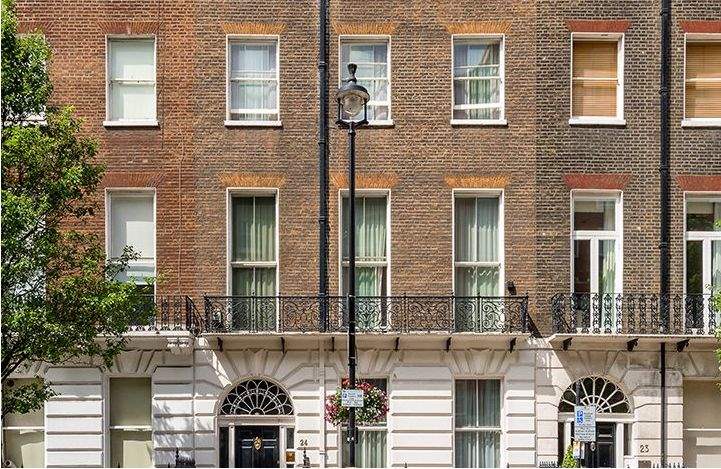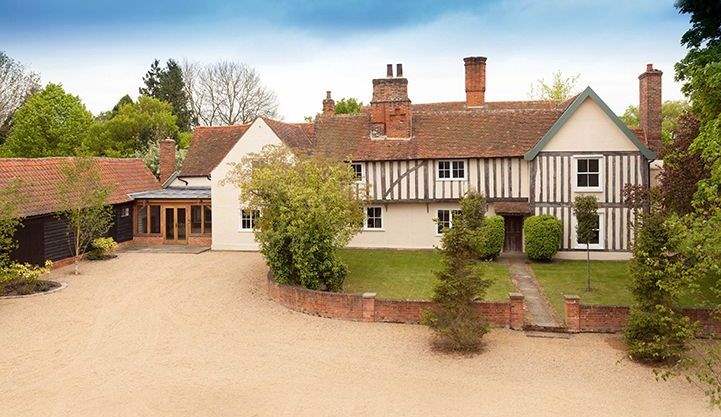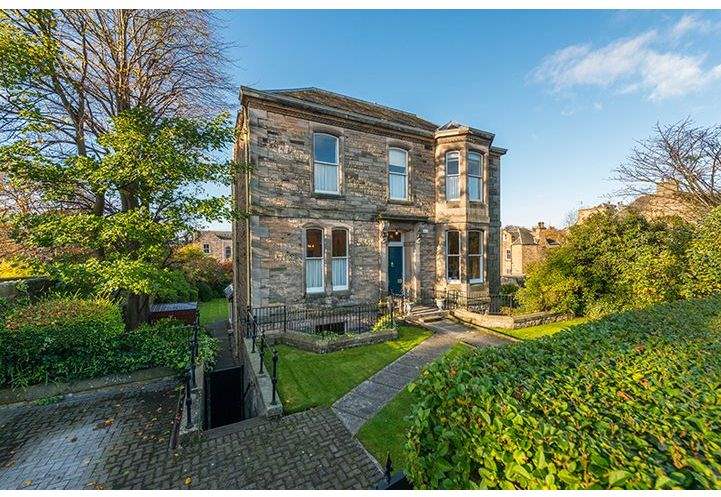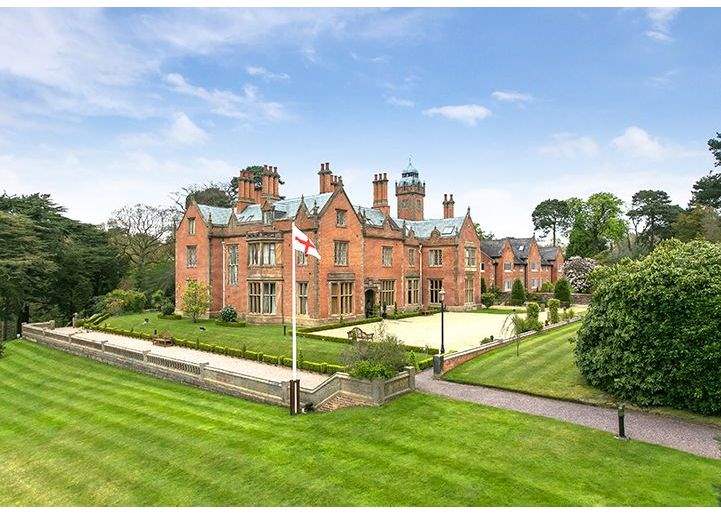Strong performers
Hidden within the wider price trends of the market, and often bucking the performance of their neighbours, here are five of the best-performing prime locations in the UK
Hidden within the wider price trends of the market, and often bucking the performance of their neighbours, here are five of the best-performing prime locations in the UK

This village-like neighbourhood has certainly bucked the trend. Sandwiched between two of London’s most popular parks, Marylebone has seen prices rise by 16% over the past five years, while values across prime central London are down 9% on average.
Indeed, Marylebone is the only central London market to see prices increase over the past year, setting new records in terms of prices achieved.
Despite strong levels of growth, Marylebone still offers value compared with its neighbours. Prime secondhand prices average around £1,700 per sq ft, almost 30% lower than nearby Mayfair.
Extensive regeneration over the past 20 years by Howard De Walden Estate and The Portman Estate, the area’s two major landlords, means a previously rundown neighbourhood has been transformed into a sought-after retail and leisure destination, offering a mix of boutiques, retail brands and restaurants. Luxury new developments have also supported growing demand.
Interest in property here comes from a variety of sources. Just over half of all prime buyers are international, on par with the average across prime central London.
Domestic buyers play an important role in the market, with the majority of prime buyers moving within the local area, highlighting Marylebone’s staying power.
Families and young professionals alike are drawn to the area due to its excellent schools and impressive transport links, which are set to improve further with the opening of the Elizabeth line.
.jpg)
Over the past 30 years, Cornwall has made a dramatic transformation from a bucket-and- spade holiday destination to one which includes boutique hotels, high-end restaurants and an array of prime property.
Indeed, the prime housing markets of Cornwall have outperformed the wider South of England during the past five years, with values increasing by just shy of 30%, double the average for the region.
While established coastal hotspots such as Rock, Padstow and St Ives command a premium, it is the increase in demand for emerging areas such as Falmouth, Mawgan Porth and Mousehole which has bolstered these price rises. Buyers are looking to these locations to get more for their money.
There remains strong demand for second-home purchases, despite the introduction of the stamp duty surcharge for additional homes two years ago. Since 2016, more than half of prime buyers in Cornwall were buying a second home.
Similarly, more than one-third of prime buyers work in London, pointing to the trend of part-time commuting, particularly given improved travel links. The overnight sleeper train from Penzance runs six times a week, while there are three return flights a day to London from Newquay airport. So, living in Cornwall and working in London is definitely feasible.
And for those wanting to leave the city completely, the rising popularity of Cornwall as the UK’s next tech centre means there is scope for more locally based employment.

During the past five years, house prices in prime Chelmsford and its surrounding areas have increased by 18%, almost double the average for similar commuter markets, typically those with a journey time into London of up to half an hour.
Chelmsford gained city status in 2012 and, since then, there has been substantial investment into enhancing the city centre.
One-quarter of prime buyers in the Chelmsford market work in the financial and insurance services sector. So, with train journey times of around 30 minutes into the City of London, it’s a popular destination for commuters. This trend is expected to continue, particularly with the opening of the Elizabeth line in nearby Shenfield.
The housing stock available varies from Victorian terraces in the central markets, new developments on the fringes and around the station, and larger detached homes in the many surrounding villages. This attracts a range of purchasers, from first-time buyers in search of value and links to the capital, to families looking for more space and access to Chelmsford’s top-quality grammar schools.
Most prime buyers in Chelmsford are upsizing as it offers value in comparison with London and other commuter hotspots. Here, £1 million buys around 2,500 sq ft. In London, it buys less than 1,400 sq ft.

Scotland’s star performer over the past five years has, by a long way, been its capital. Prime prices in Edinburgh have risen by 26%, compared with 4.3% for the other prime markets north of the border. In terms of house price growth, Edinburgh has been the strongest-performing prime city market in the UK during the past year.
This, in part, has led to the value of Edinburgh’s housing stock increasing by more than any other UK district over 2017 in terms of total value growth, rising from £61.4 billion in 2016 to £68.9 billion in 2017.
Edinburgh’s lifestyle attracts a steady stream of buyers from London and the South, but most demand comes from those nearby. Since 2016, almost three-quarters of prime buyers have moved from within the city itself, and a further 17% have come from other parts of Scotland. Similarly, 42% of the university’s graduates remain in the city after graduation, highlighting the city’s talent pool to global employers.
Indeed, Edinburgh is home to more FTSE 100 companies than any other UK city apart from London.
Families are also an important source of demand for the city. With its excellent schools, little wonder that more than 70% of prime buyers have one or more children. The continually improving connectivity of Edinburgh to London, the UK and the rest of the world, also drives demand for prime property.

In comparison with their counterparts in the south of the UK, the prime markets of the Midlands and the North have, until recently, been slower to recover from the global financial crisis.
Yet, some areas have performed well. Prime prices in Wilmslow and the markets of Cheshire’s Golden Triangle have risen by 17% over the past five years, almost double the average for the region.
The dominance of large estates until the 19th century means there is a varied selection of housing stock. Cottages and country houses can be found in most of rural Cheshire, while contemporary mansions are in places such as Alderley Edge and Prestbury. As such, demand for prime property is from numerous sources.
Wilmslow is well-known for its popularity with Premier League footballers, which has led to an abundance of high-quality dining, retail and leisure facilities. But the area retains a rural feel and families provide high levels of demand and more than 60% of prime buyers have one or more children. For those buying here, upsizing is the most dominant reason, the factor for almost two-thirds of prime buyers.
Strong transport links to Manchester city centre, the south and internationally (through Manchester’s nearby airport) support the area’s success. And connectivity is set to improve further with the opening of HS2.
4 other article(s) in this publication